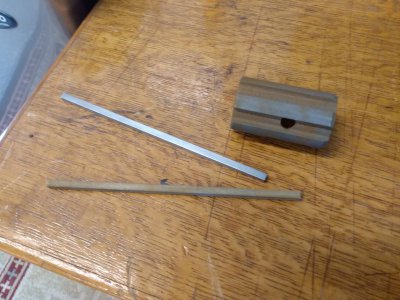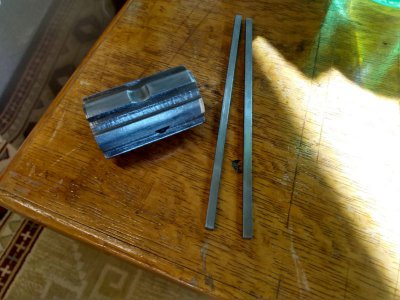- Joined
- Feb 1, 2015
- Messages
- 9,625
I first became aware of cadmium poisoning some fifty years ago when working in the battery industry. Mass cadmium poisoning from industrial waste from mining in Japan made headline news. The disease was called itai-itai, literally ouch ouch due to severe pain in bones and joints. As a chemist who dealt with cadmium from batteries on a regular basis, we were understandably concerned.
Cadmium is a cumulative poison but it is also a naturally occurring element and is consumed daily in amounts of some 20 -100 µg. Most of the issues concerning cadmium poisoning arise from industrial exposure where people are exposed on a long term continuing basis.
Cadmium electroplating of steel results in coating thicknesses of around 50 microns. A weld of 1cm width and 10 cm length would release at most around 50 mg of cadmium , mostly as cadmium, oxide. Unless one made a conscious effort to breathe in all the welding fumes only a very small percentage of cadmium would be inhaled. Probably no more than the amount one had for breakfast in one's cereal.
Unless I was welding the material on a daily basis, I wouldn't be concerned about welding a piece of cadmium electroplated steel. Use the normal common sense approach to dealing with welding fumes in general.
As to the weldability of the spline, it is most likely a medium carbon steel. To be prevent localized cracking, it would be good practice to stress relieve the part after welding.
BTW, the chromate part of zinc chromate is hexavalent chromium. But that's another story.
Cadmium is a cumulative poison but it is also a naturally occurring element and is consumed daily in amounts of some 20 -100 µg. Most of the issues concerning cadmium poisoning arise from industrial exposure where people are exposed on a long term continuing basis.
Cadmium electroplating of steel results in coating thicknesses of around 50 microns. A weld of 1cm width and 10 cm length would release at most around 50 mg of cadmium , mostly as cadmium, oxide. Unless one made a conscious effort to breathe in all the welding fumes only a very small percentage of cadmium would be inhaled. Probably no more than the amount one had for breakfast in one's cereal.
Unless I was welding the material on a daily basis, I wouldn't be concerned about welding a piece of cadmium electroplated steel. Use the normal common sense approach to dealing with welding fumes in general.
As to the weldability of the spline, it is most likely a medium carbon steel. To be prevent localized cracking, it would be good practice to stress relieve the part after welding.
BTW, the chromate part of zinc chromate is hexavalent chromium. But that's another story.




